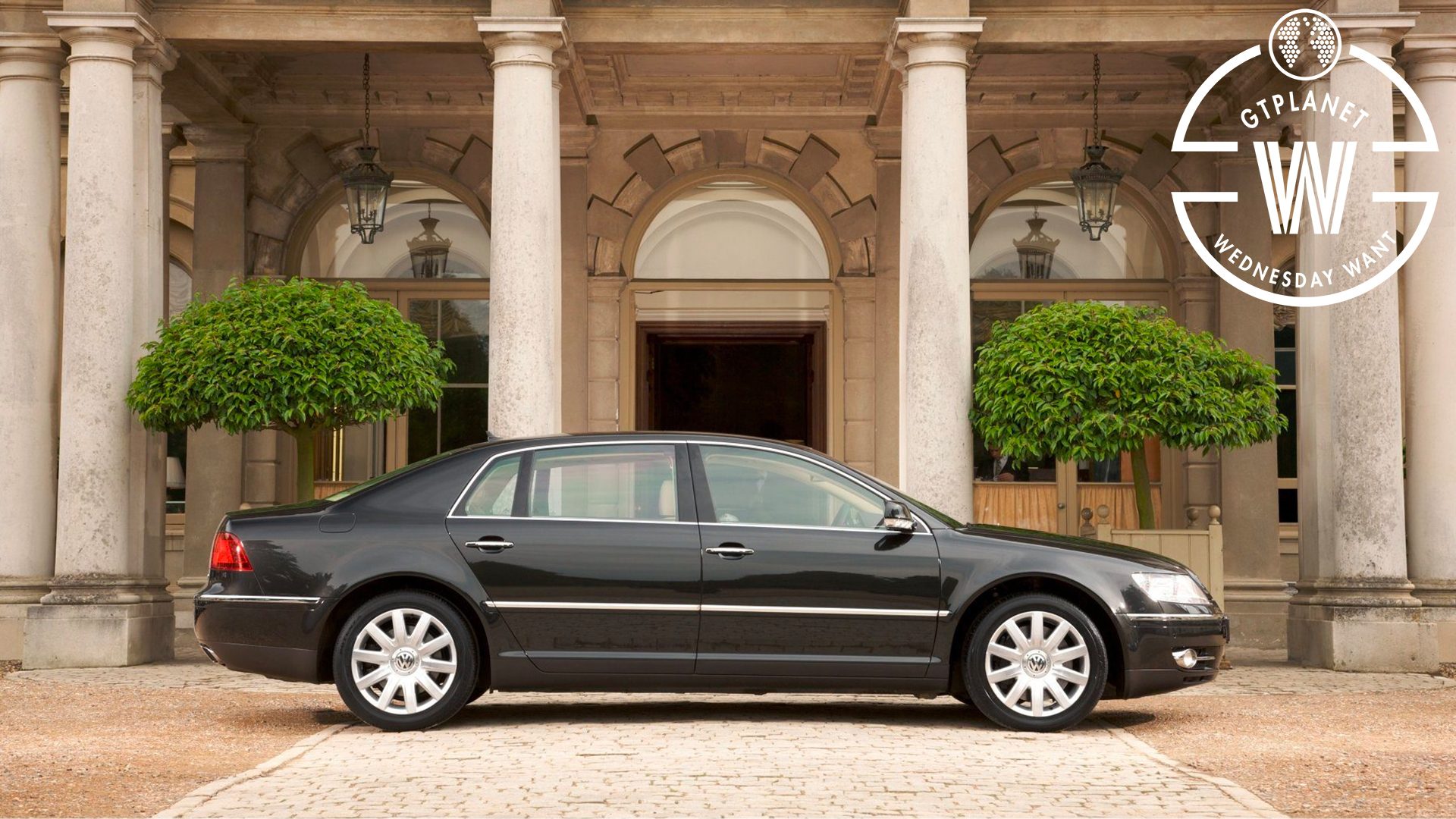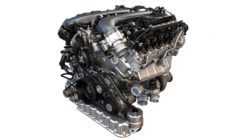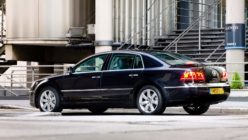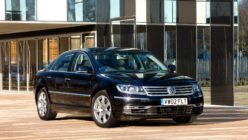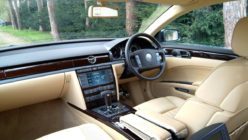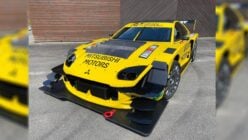Welcome to Wednesday Want. Each week, our team will pluck a car from our thousands-strong Car Suggestions forum and give it some time in the spotlight. From the weird to the wonderful, we’ll be covering the full automotive spectrum. You can check out past Wednesday Want entries right here.
Usually, the question “Who makes the best luxury car in the world?” is pretty easy to answer.
There’s more than a few title rivals, mind. For a start, pick any Rolls-Royce or Bentley. Then there’s Range Rover, the Mercedes S-Class, Jaguar’s XJ and the BMW 7 Series. Maybach was briefly a thing too. But for one short spell in the early Noughties, it was a Volkswagen.
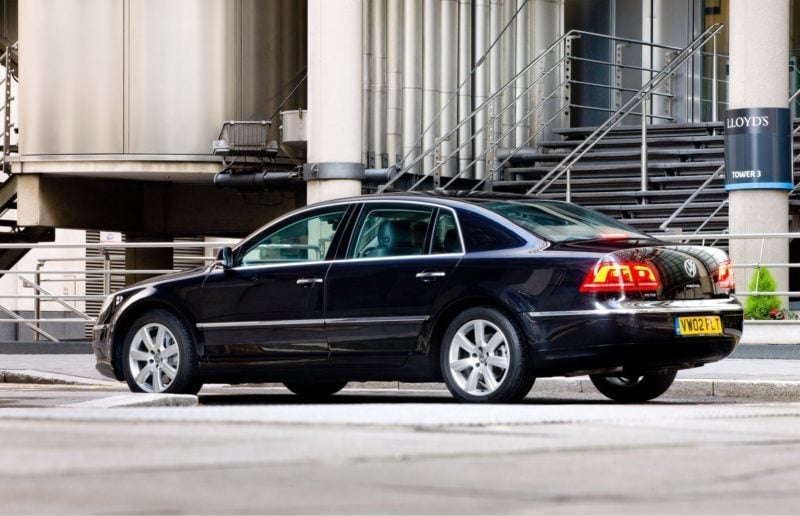
When it comes to luxury cars, Volkswagen isn’t the first name that should spring to mind. GTI aside, Volkswagen’s forte is well-made but dull hatchbacks and saloons. The brand’s name literally translates to “People’s Car”, and you don’t appeal to the masses with bold choices. Anyone who’s ever sold a house can attest to that: any realtor will advise neutral colors for decor, so as not to narrow your abode’s appeal. Volkswagen is magnolia walls and white bathroom fittings.
Perhaps it was this image, or perhaps it was the increased encroachment of the other German brands on VW’s territory that lead to a change of tack. Whatever the motivation, VW chairman Ferdinand Piech decided the brand needed a luxury car that exceeded all others.
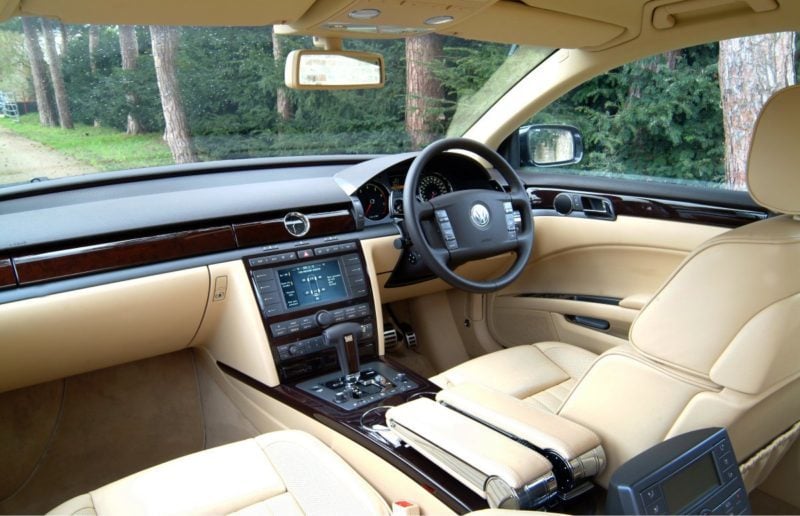
Famously, Piech drew up a list of ten requirements for his car. More famously, no-one has ever revealed these requirements, save for two. Firstly, the car must have a torsional rigidity of 37kNm/°. The vehicle was also required to be capable of maintaining an interior temperature of 22°C (72°F) with the external temperature at 50°C (122°F), while driving at 186 mph. This is despite the car’s 155 mph electronic speed limiter…
The VW engineers reportedly thought they simply couldn’t meet many of the targets. However, Piech’s word was law and if you couldn’t meet his impossible requirements, he’d find somebody else. Gradually the development team ticked off the ten requirements, and the Phaeton was born.
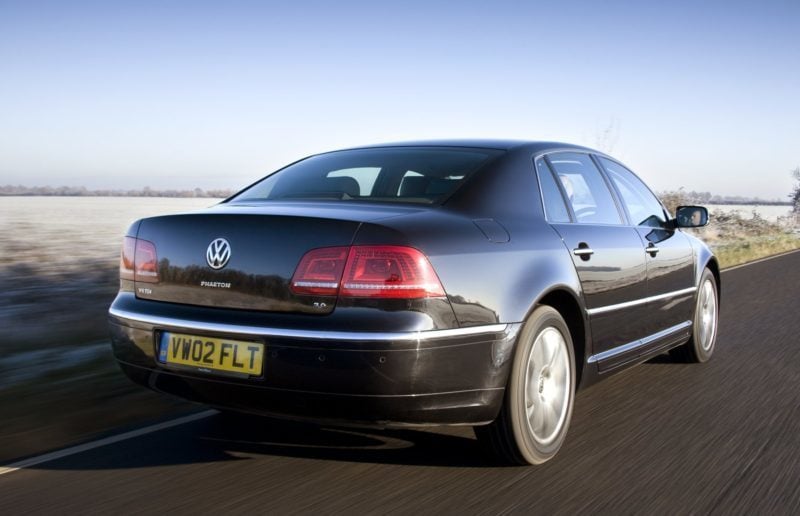
Ultimately the Phaeton sits on the same platform as the Audi A8 and Bentley Flying Spur — there’s nothing more Volkswagen than sharing a chassis. It uses similar powertrain technologies too, from the automatic gearbox through to the standard four-wheel drive — here called 4MOTION, rather than quattro.
The engines are VW Group stalwarts too, with 3.2- and 3.8-liter petrol V6s, a 4.2 petrol V8 and a 3-liter V6 diesel. The real stars though were the 5-litre V10 diesel and the phenomenal 6-liter W12. Producing 414 hp initially and 444 hp in later models, the W12 was only available in the longer wheelbase version of the Phaeton.
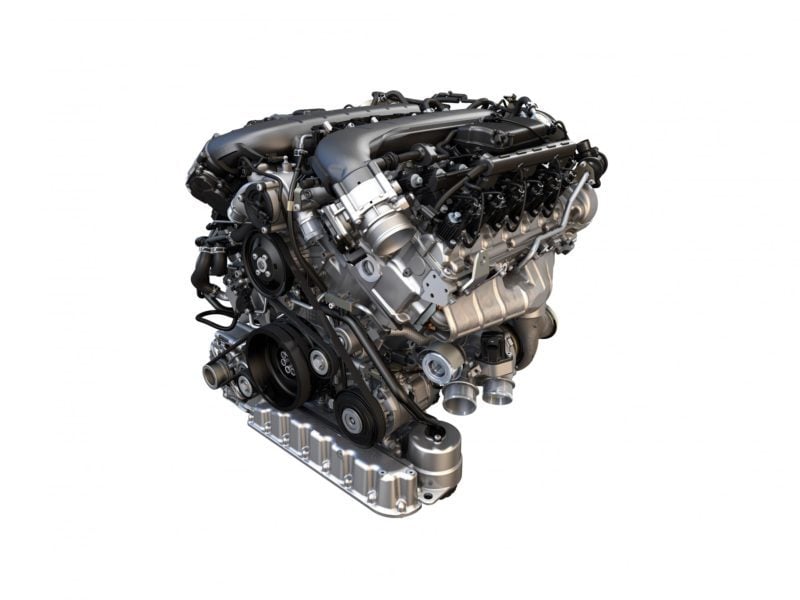
Just in case a W12-powered, $125,000 Volkswagen luxury car wasn’t dramatic enough for you, VW went one step further. It assembled the Phaeton at a special “transparent factory” in Dresden. This glass building allows passers-by to see the production process of a Phaeton (although the factory now builds the electric e-Golf). Customers even had the option of visiting to watch their own cars head down the line. Volkswagen plays aggressive bird song (yes, this is a thing) to prevent our feathered friends from hitting the glass.
Sadly, the Volkswagen no longer makes the Phaeton. Despite low sales — a quarter of targets — it survived the global financial crisis, but it couldn’t survive the company’s more recent, self-inflicted woes.
And, officially, it’s pronounced “Fay-ton”.
See more articles on Volkswagen and Wednesday Want.

